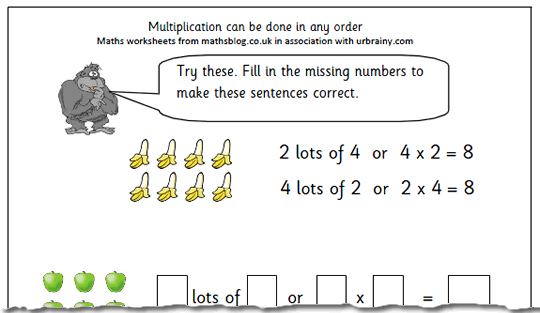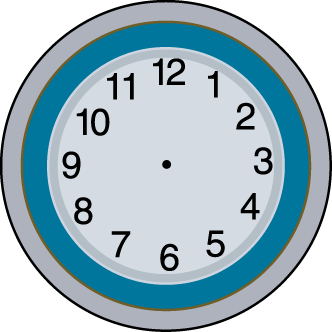 Understanding factors and multiples is something many children fail to grasp. Next week we have a page for year 6 children on factors and how to find all the factors of a number. The process is fairly straightforward, but can be quite time consuming. A good knowledge of tables and division is also needed. So if children’s knowledge of tables is weak, if they find division difficult and if they have little staying power then it is unlikely that they will enjoy trying to find factors of numbers!
Understanding factors and multiples is something many children fail to grasp. Next week we have a page for year 6 children on factors and how to find all the factors of a number. The process is fairly straightforward, but can be quite time consuming. A good knowledge of tables and division is also needed. So if children’s knowledge of tables is weak, if they find division difficult and if they have little staying power then it is unlikely that they will enjoy trying to find factors of numbers!
Children generally find division harder than multiplication. This is often because the process involves multiplying to find the answer, especially with pencil and paper methods. Next week, however, we will be publishing a page aimed at rapid answering dividing by 10 questions using mental methods.
Remember, dividing by ten is the inverse of multiplying by ten. To multiply by 10 move each digit one place to the left. To divide by ten move each digit one place to the right.
Dividing by one might seem a bit obvious to us, but it is not always the case for children who don’t yet have a good understanding of division. So for year 3 we will be publishing a page concentrating on dividing by one.
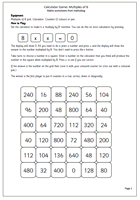
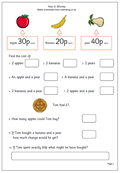
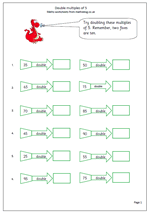
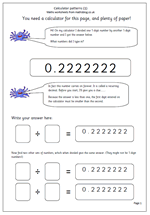

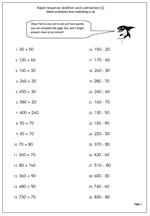
 In the classroom there seem to be two types of child: one type that always has a hand up to answer a question; and the other type that avoids eye contact and doesn’t answer out loud. For teachers, it is much easier for the lesson to flow if she keeps asking those who will answer, so the cycle is repeated.
In the classroom there seem to be two types of child: one type that always has a hand up to answer a question; and the other type that avoids eye contact and doesn’t answer out loud. For teachers, it is much easier for the lesson to flow if she keeps asking those who will answer, so the cycle is repeated.